Overview
The goal of this project was to leverage machine learning to predict the curvature that green wood undergoes.
This project is tied inextricably to the Studio III project created by the same team, whereby the goal of that project was leveraging the natural properties of the wood, to create self-stabilizing CLT (Cross-Laminated Timber) cassettes. In order to design with a CLT panel that uses a self-shaping process, the target of this exercise was to understand the conditions that were needed to achieve a given curvature.
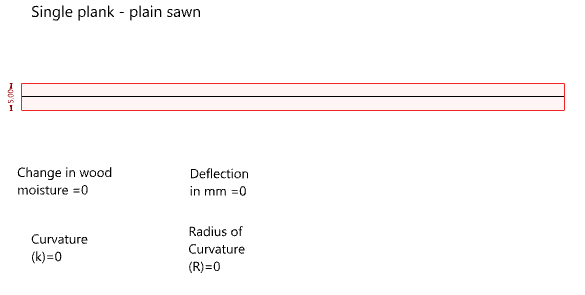
The wood in question relies on consistency in grain pattern and dimension to achieve reliable results – in this case, all the samples used were plain sawn offcuts comprising a near symmetrical arc segment pattern.
Setup
Samples of three thicknesses – 10, 15, and 20mm – were placed into a range of heat conditions in an to accelerate the drying process, namely: room temperature, 30°, 60°, and 90°.
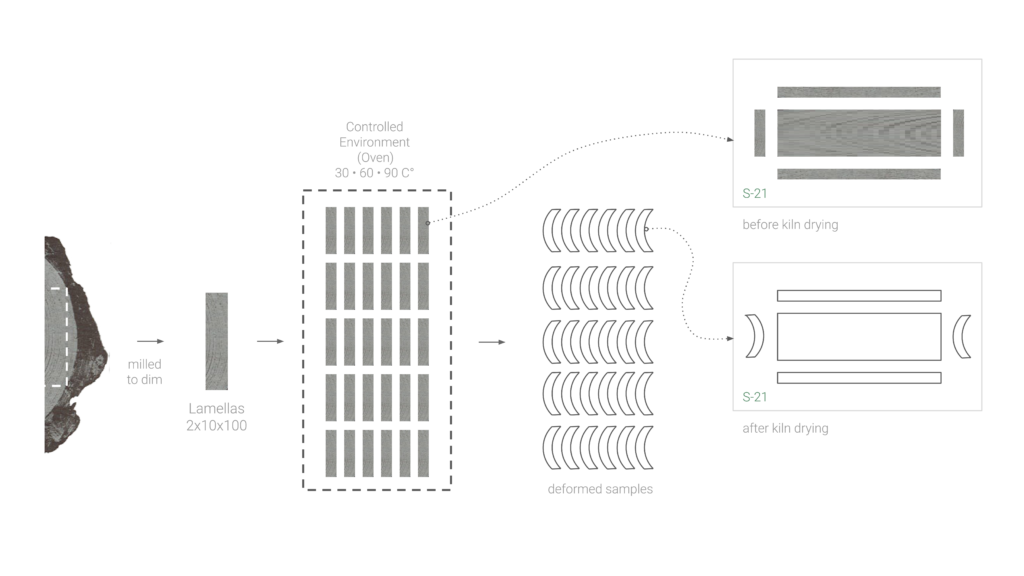
The end grain of these samples were photographed before and after the drying process.
Data Extraction – Initial Concept
The original goal consisted of using computer vision to extract the curvature of each pieces’ grain patterns and find the deltas along each end grain.
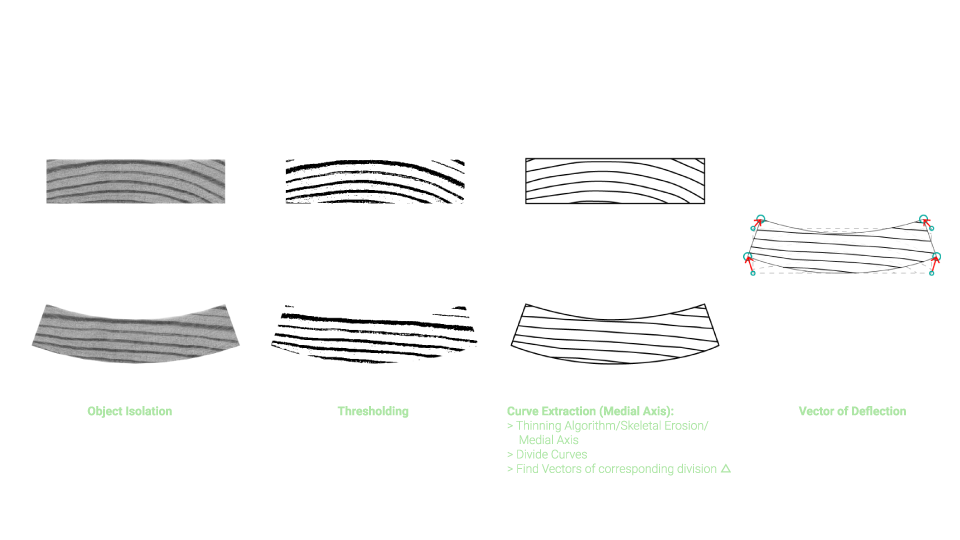
Several methods of extracting this grain curvature and combinations thereof were pursued, but in the end, no workflows provided consistent, usable results.

After struggling to find consistency in extracting this information, an effort was made to maintain at least one input of grain curvature, namely the longest of each sample. Using just the one curve, one could surmise the deflection using the arc segment length and chord height of the before and after.
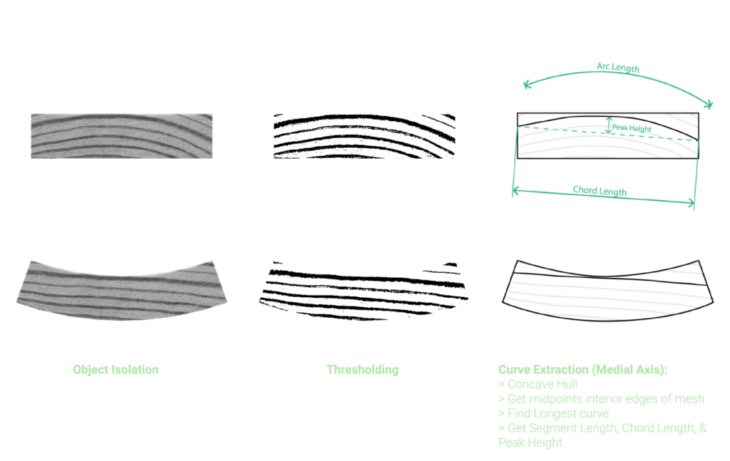
This, however, also proved futile, as the inconsistencies in curve extraction meant that finding the longest curve also had its challenges, and as such did not allow itself to be automated.
Although this may have provided a larger dataset, in the end, the variance and artifacts in the images, and nuance in appearance of the wood grain proved to be a significant and unnecessary hurdle.
Data Extraction – Final Concept
In the end simplicity prevailed. A more achievable strategy involved simply using the overall 2D geometry of the before and after images to derive a change in geometry.
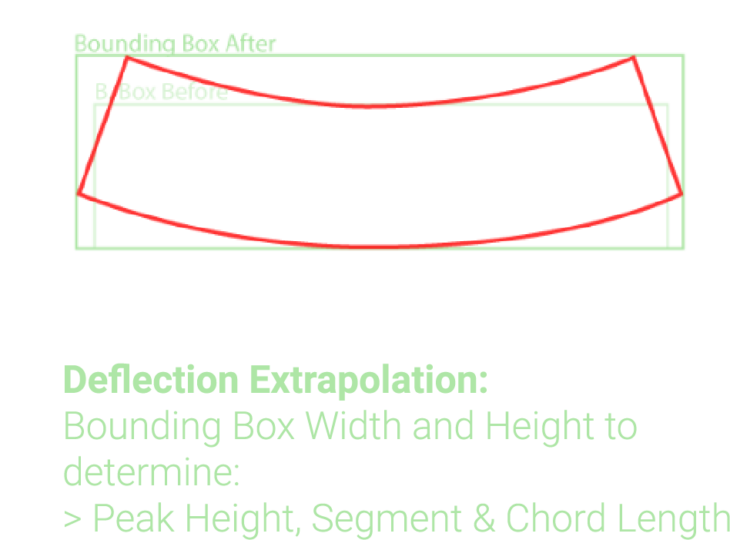
By using just the bounding boxes of the beginning and end geometries, one is still left with data that is able to shed some light on this transformation.

Although this doesn’t take into account the grain structure itself, it does lend some insight into what is happening across the entire sample set and lets the other parameters discussed become the driving factors in the output.
Datasets
Focus was placed on several key input parameters: drying time, ambient temperature and humidity, moisture content, and 2D bounding box dimensions.
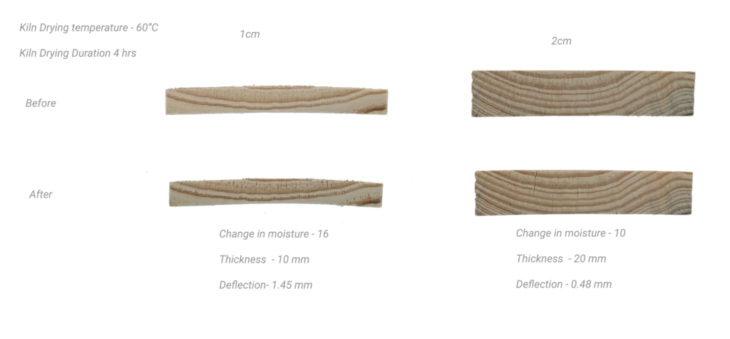
These input parameters were run through a machine learning algorithm in Grasshopper (OWL) based on the accord.NET framework.

Using the trained model would then allow use of several input parameters to generate a predictive model of the geometry:

Deflection Prediction in Timber using Machine Learning is a project by MRAC 01 students ?pek Attaro?lu, Libish Murugesan, Jordi Vilanova and Robert Michael Blackburn, during the Software III seminar of the third term. Studio was taught by IAAC faculty Mateusz Zwierzycki and Nikol Kirova.